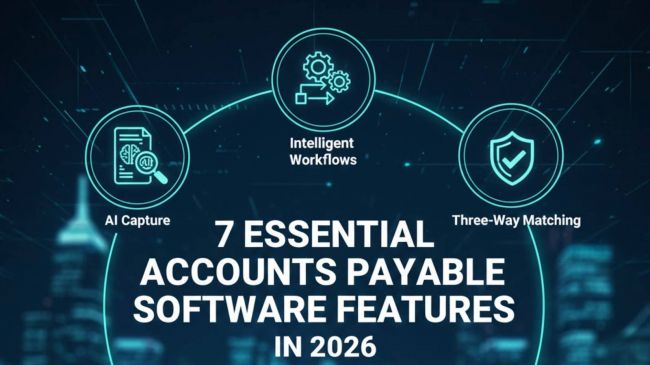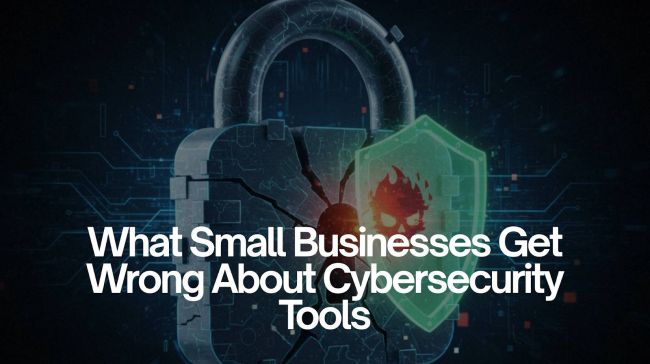Bitcoin has long been viewed as an alternative asset ideal for storing value, but not for generating income.
That narrative is changing.
Thanks to the rise of Bitcoin Finance, also known as BitcoinFi or BTCFi, bitcoin holders can now unlock capital efficiency, generate yield, and engage in decentralized finance ecosystems across multiple blockchains.
Whether you're interested in earning through yield farming, lending out BTC or its wrapped equivalents, or using BTC as collateral for layered strategies, there are now more ways than ever to put your bitcoin to work.
In this guide, we’ll break down three of the most practical BTCFi strategies, along with the core risks to watch out for as the space continues to grow.
TL;DR

- Yield farming via Starknet-based protocols, where users earn STRK and other rewards by providing liquidity.
- Lending BTC or wrapped BTC through peer-to-peer or pool-based platforms, earning interest from borrowers.
- Collateralizing BTC to unlock stablecoins or tokens, which can then be used in other DeFi strategies for yield.
Yield Farming
According to this Starknet guide, new opportunities are emerging to earn yield in BitcoinFi (BTCFi) within the Starknet ecosystem by utilizing various features and services enabled through Starknet and its integration with the Xverse wallet.
Risks to note:
- Impermanent loss if BTC moves sharply compared to paired assets.
- Smart contract exploits—even audited protocols can be hacked. Academic research on decentralized platforms has repeatedly highlighted risk-return imbalances in lending and liquidity markets, making due diligence critical.
Key Risks To Consider
- Impermanent loss: If BTC’s price changes drastically compared to the paired asset (e.g., ETH), you might end up with fewer BTC after withdrawing liquidity.
- Smart contract bugs: All DeFi platforms rely on code and if that code has vulnerabilities, hackers can exploit them to steal funds. Even audited protocols aren't immune. It’s essential to use platforms with public audits, bug bounties, and a strong track record.
Lend BTC or Bitcoin-Backed Assets
Lending platforms facilitate peer-to-peer or pool-based borrowing. You, the lender, deposit your BTC (or a wrapped version, such as wBTC or tBTC) into a smart contract. Borrowers post collateral and borrow those assets, paying you interest in return.
There are two common models:
- Peer-to-peer (P2P) lending: where you agree loan terms directly with the borrower. Think of it like a decentralized pawn shop. You choose the loan duration, interest rate, and acceptable collateral.
- Liquidity pools: where you deposit into a shared pool that automatically allocates BTC to borrowers, with rates determined algorithmically.
Key Risks To Consider
- Custodial risk with wrapped BTC: Many DeFi platforms use wrapped BTC tokens that require trusting a third party (custodian or bridge operator) to hold your real BTC. If that custodian is hacked, goes offline, or acts maliciously, your wrapped asset could become worthless. Consider decentralized alternatives to reduce this risk by removing central control
- Low liquidity: Some BTCFi platforms are still emerging and don’t have much volume or activity. This means it might be hard to exit your position, find borrowers, or liquidate collateral in time. Thin markets also make price manipulation easier, affecting yields and collateral value.
As Forbes points out, lessons from traditional P2P lending—such as trust, liquidity, and default risk—translate directly into BTCFi. Thin liquidity also means exit risks: it may be hard to unwind loans quickly during volatile periods.
Use BTC as Collateral to Earn Passive Yield
One of the more sophisticated ways to generate yield in BitcoinFi is through collateralized borrowing; using your BTC or BTC-native assets (like BRC-20 tokens or Ordinals) as collateral to unlock liquidity, which you can then deploy into other yield-generating strategies.
Instead of selling your BTC to access capital, you can deposit it as collateral on a non-custodial lending platform and borrow against it in the form of stablecoins or other assets. You maintain exposure to your BTC while gaining liquidity you can use elsewhere.
This borrowed capital can then be lent out on other DeFi protocols, deposited in liquidity pools, or used in staking or farming strategies on other chains.
Key Risks To Consider
- Liquidation risk: If the value of your collateral drops below the liquidation threshold, your assets can be liquidated. The loan becomes undercollateralized and gets liquidated automatically to repay the lender. This can result in a partial or full loss of your collateral.
- Volatility in floor prices: Bitcoin-native assets, such as Ordinals or BRC-20 tokens, might lack stable, deep markets. If you use them as collateral, rapid price drops or lack of buyers can increase the risk of liquidation or mispricing.
Final Thoughts
BTCFi isn’t theoretical—it’s here. From yield farming to lending and collateralized borrowing, bitcoin holders can finally earn yield without selling. But risk is layered: contract vulnerabilities, liquidity constraints, and custodial dependencies all threaten returns.
Before diving in, a strong grounding in financial literacy is essential. Platforms like Disquantified.org provide structured education on saving, investing, and avoiding financial pitfalls—critical skills for anyone experimenting with BTCFi strategies. Pairing technical crypto knowledge with traditional financial discipline can help you build sustainable returns while avoiding common traps.
Post Comment
Be the first to post comment!





